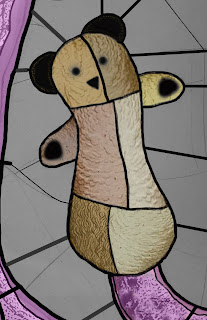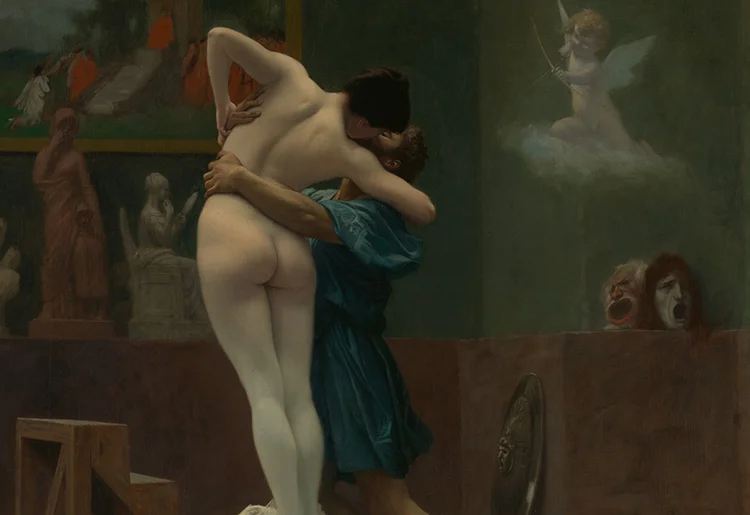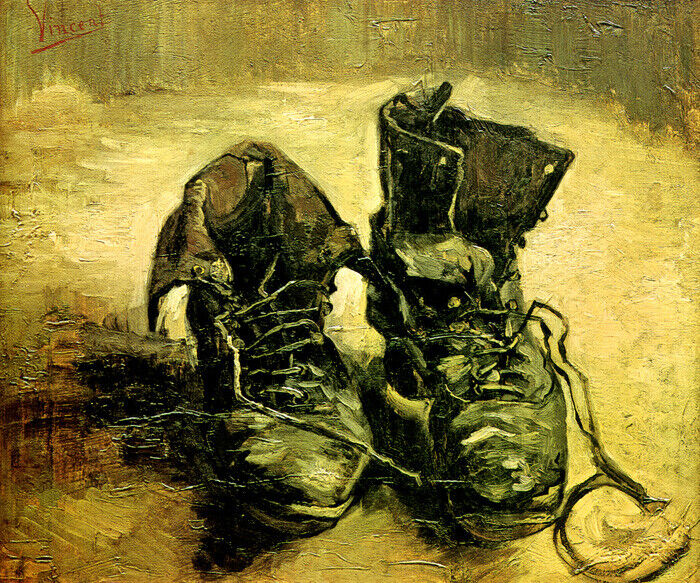On the 23rd of December at approximately 16.15 pm I was knocked down by a car when crossing a road. I, as you must have surmised by now, survived the accident, which left me severely bruised, stiff, aching and sore but with no broken bones or permanent damage to internal organs. A nasty bump on the back of my head, led to the need for a head scan, but again there was no sign of internal bleeding or fracture. I was lucky, wrapped up in layers of clothing to protect me against the weather, (it was dark and raining), I was cushioned as I hit the road, a wooly hat taking the sting out of the ground as it met my head, several layers of clothing protecting me from the force of the car as it hit me from behind.
I was though sidelined from many of the Christmas festivities, being confined to bed to recover and to give time for my aching muscles and tendons to heal. Reading and making notes, as well as scribbling small drawings kept my mind occupied and lots of visiting by my family reminded me of how important they all are to my vision of who I am and of how much I love them all.
I was lucky. I am lucky, in that I am reasonably optimistic and was happy to be alive rather than fed up that this had happened just before Christmas. These events remind me how fragile life is, not just my own but via the wider interconnected net that links me to the rest of nature, I'm aware of how fragile it/we/everything is. But we can think about the thin threads by which life hangs in very different ways. Two of the books I have read during these days of enforced rest are Ali Smith's 'Companion Piece' and 'Strangers' by Rebecca Tamás. The Ali Smith book had been taken out of the library by my wife, she passed it on knowing I would enjoy it. Smith always gives me food for thought and in a way that brings things down to earth. She reminds you that a simple thing like taking a neighbour's dog for a walk, can have consequences and that our everyday exposure to whatever it is we are exposed to, is a doorway through which we can walk into a cosmic infinity. Like her novel's protagonist, I want to throw things at the TV as I'm forced to listen to second rate politicians spouting on about how good they are, whilst the country and the planet slips down into a Hell of their own making. Smith sees that the world is indeed hanging by a thread, but her grasp of life's richness, is the thing that saves the thread from breaking. Rebecca Tamás is a more serious writer, by this I don't mean that she is considering deeper concerns, but that her writing feels less happy. I had read 'Strangers' before, a book sub-titled, 'Essays on the Human and Nonhuman', and I re-read it because I wanted to see how I could use its focus to help myself move on and not become too dispirited by all the issues I see impacting on the world, especially in these days of what can feel like end times. Tamás had in her youth suffered from depression but had gradually found a way out of it. Therefore she writes from a very perceptive position. She reminds us that it is too easy to slip into a helpless response to climate change and successive governments inability to do anything about it; it is too easy to slip into despair over the Arab / Israeli conflict, to stick your head in the sand and not look at what is happening in the Ukraine, in Syria, in Yemen and all the other areas of the globe that suffer daily conflict. Tamás intellectually gives me a life jacket and Smith lowers me a rope knotted with chunks of human feelings to climb. As a survivor I have renewed energy, psychic renewal hopefully soon becoming physical, and want to put it to good use. I am an artist and this is where my skills lie. I have no illusions about my abilities as a political orator or community organiser, they are just not good enough, but no matter how small the effect, it is better to try to work towards positive change, than to accept the status quo or to just put your head back under the blanket and close your eyes.
I have joined in with a local group of people put together and organised by my wife Sue, who are either artists or who like to hang works of art on their walls. Households agree to put forward an artwork that will be selected by a random process. After selection each artwork will go to another household in the group. We decided contribute a work of mine done a few years ago, 'Crows with crow cones'. There was you can imagine a debate as to whether it was suitable, but if images are made to trigger reflection, then at some point they need to be out there on a public wall.


































.jpg)
























